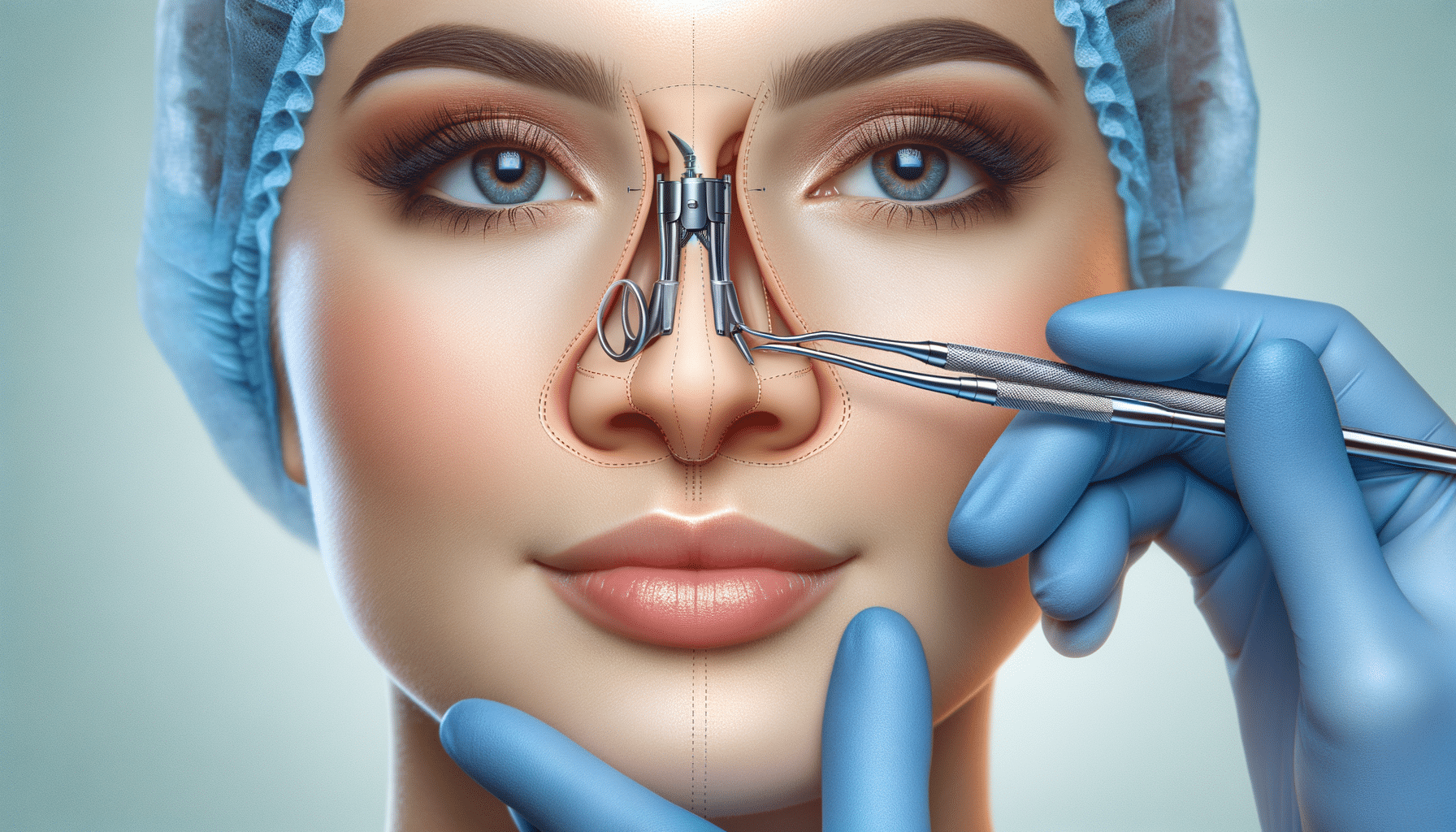
Why More People Are Choosing Non-Surgical Nose Reshaping in the USA
Understanding Non-Surgical Rhinoplasty
Non-surgical rhinoplasty, often referred to as a “liquid nose job,” is gaining popularity in the USA as a quick and subtle alternative to traditional surgical procedures. This minimally invasive technique involves the use of dermal fillers to reshape and contour the nose. But, how does non-surgical rhinoplasty work? The process is relatively simple yet highly effective. A skilled practitioner injects fillers into specific areas of the nose to smooth out bumps, lift the nasal tip, or enhance the bridge. The results are immediate, offering a refined appearance without the need for incisions or long recovery times.
What are the key benefits of non-surgical rhinoplasty? The procedure is not only swift but also reversible, providing a sense of security for those hesitant about permanent changes. It requires no general anesthesia, significantly reducing the risks associated with surgical rhinoplasty. Moreover, the cost is generally lower, making it accessible to a broader audience. Individuals can return to their daily activities almost immediately, making it a convenient choice for those with busy lifestyles.
Determining Candidacy for Non-Surgical Rhinoplasty
Who is a good candidate for non-surgical rhinoplasty? This procedure is ideal for individuals looking to make minor adjustments rather than drastic changes. It’s suitable for those with a mild to moderate nasal hump, a slightly drooping nasal tip, or asymmetries that can be corrected with fillers. However, it’s important to note that non-surgical rhinoplasty cannot reduce the size of the nose or correct breathing issues. Therefore, individuals seeking significant structural changes may still require traditional surgery.
Candidates should have realistic expectations and be in good overall health. A consultation with a qualified practitioner is essential to discuss goals and determine if this procedure aligns with the individual’s needs. It’s also an excellent option for those who want to “test the waters” before committing to a permanent surgical procedure, as the effects of the fillers are temporary.
The Procedure and Potential Risks
What should you expect during the procedure? The non-surgical rhinoplasty process typically takes around 15 to 30 minutes. Patients may experience a slight pinching sensation during the injections, but discomfort is generally minimal. A topical anesthetic is often applied to ensure comfort. After the procedure, there may be some swelling or redness, but these side effects usually subside within a few days.
Are there any risks or side effects to consider? While non-surgical rhinoplasty is considered safe, there are potential risks, as with any cosmetic procedure. These include bruising, swelling, and in rare cases, skin necrosis if a blood vessel is inadvertently injected. Choosing a certified and experienced practitioner is crucial to minimizing these risks. Patients should follow post-procedure care instructions to ensure optimal results and reduce the likelihood of complications.
Overall, non-surgical rhinoplasty offers a promising option for those seeking subtle enhancements without the commitment of surgery. With its growing popularity, it’s essential to be well-informed and consult with professionals to achieve the desired outcome safely.


